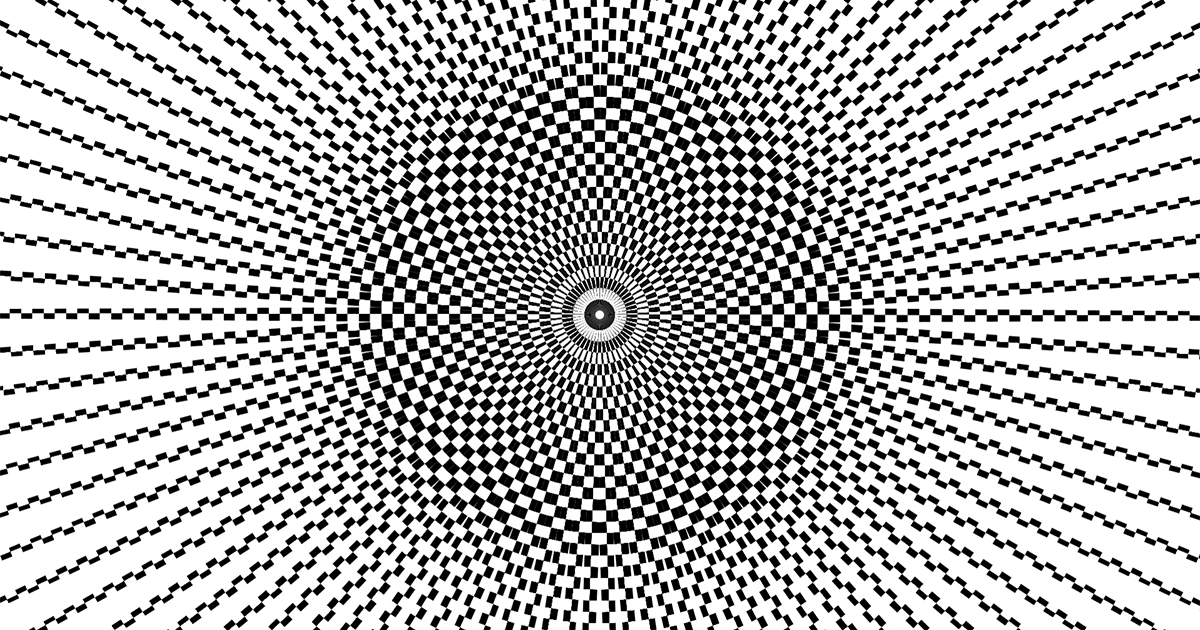From Dharna (Concentration) to Dhyana (Meditation)
2nd Sep 2022 | Author - Antaranga Ray
Have you ever tried to sit alone with yourself, even for a few minutes? Then you must know how easy it is to be distracted by the barrage of thoughts and emotions swirling around in your mind. However, with proper guidance and practice, anyone can achieve an equilibrium where one is able to connect the mind, body, and soul in perfect harmony. And this is where you can begin your journey from Dharna (Concentration) to Dhyana (Meditation).
Meditation is an extraordinarily vital thing, yet it may be challenging and difficult to master. You probably understand how much effort and determination it takes to learn how to meditate, particularly to practise it on a regular basis in your everyday life. While the ultimate goal of meditation is to be free from the impact of thoughts, the journey to get there is just as vigorous.
Therefore, Dharna is a necessary prerequisite for achieving Dhyana, and subsequently samadhi as it can make meditation simpler and more effective by learning and mastering this mental technique. All three- Dharna, Dhyana, and Samadhi are different stages of meditation.
What is Dharna (Concentration)?
Dharna is the practice of maintaining focused concentration on a single object over a period of time. It is the sixth limb of Ashtanga Yoga's Eight-Limbed approach as outlined in the Yoga Sutras. It is the first step in achieving a state of meditation.
What is Dhyana (Meditation)?
Dhyana is a mental state in which one's attention is retained or immersed in the point of focus. Dhyana is the seventh stage in Patanjali's Eight Limbs of Yoga. It is prolonged concentration in which the attention is maintained or focused on the same thing or place without any application of willpower or disturbing turbulence of thoughts. There is silence without any movement of the brain.
The Journey from Dharna to Dhyana:
- Dharna (Concentration) practice helps us in analyzing mental patterns and identifying disruptive emotions, thereby improving mental health. Regular Dharna practice allows for deeper focus to come more naturally and regularly, even when you're not practicing. For example, you can start by concentrating on a particular object like your heartbeat, the sound of water, or the frontal part of your nose. All Yogic traditions help a person to build Dharna. Yogananda Paramhansa, renowned yoga guru and author of Autobiography of Yogi suggested the practice of ‘Hong Sau’ as a technique to build concentration. In this practice, a practitioner sits erect and focuses his attention on each breath and mentally chants ‘Hong’ with all incoming breath and ‘Sau’ for all outgoing breath. This is one of the great ways to train our mind for concentration. With the regular practice of dhyana the mind no longer wanders, it is no longer unsteady and oriented outwards, but it is completely rooted in focus. The yogi can next proceed to Dhyana, or meditation.
- Dhyana (Meditation) is just an extended version of Dharna and stems from our ability to focus our attention on any object at any given point of time. Just as you tried to focus on one specific object during Dharna, when you master the ability to entirely focus without being distracted by anything in your surroundings, you have genuinely perfected Dhyana. It adheres to the same criteria and circumstances as Dharna, with the exception of the 'time' component. After acquiring the capacity to completely focus the mind on an object, the next step is to acquire the ability to retain mental matter, One of the great ways of meditating is just after we have had a session of Yoga and Pranayama and sitting with complete awareness with no will or intention and just being an effortless witness of everything.
True meditation is referred to as samadhi in Patanjali’s Yoga Sutra and in simple words it is choiceless in our mind where there is no craving and no aversion with complete acceptance and moment-to-moment awareness.
Meditation helps us to strengthen our cognitive abilities. The various mediums through which we manifest these cognitive abilities in the physical, emotional, spiritual and mental domains can sometimes be repressed. But they are contained in their most purified form by absolute consciousness, which represents the essence of each one of them.


